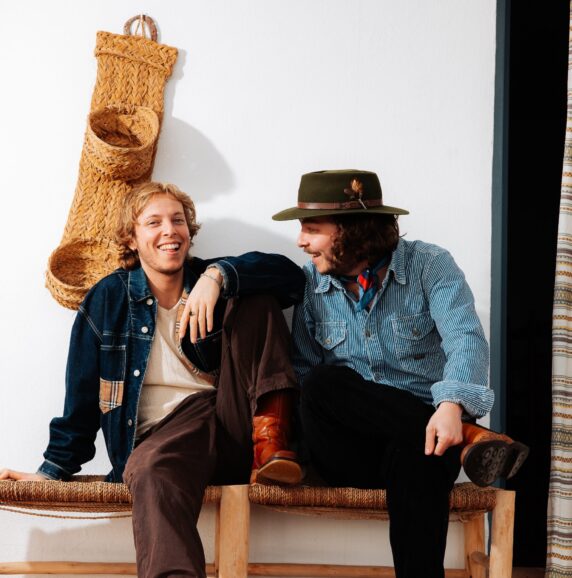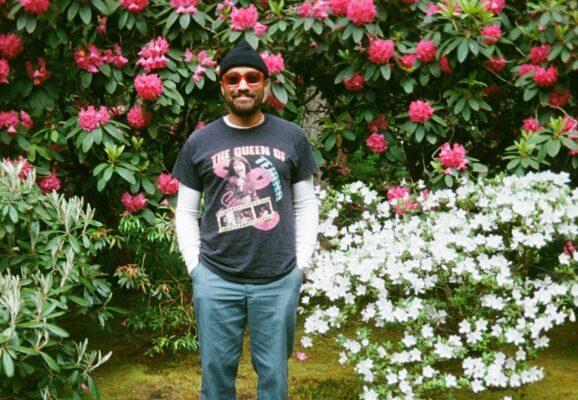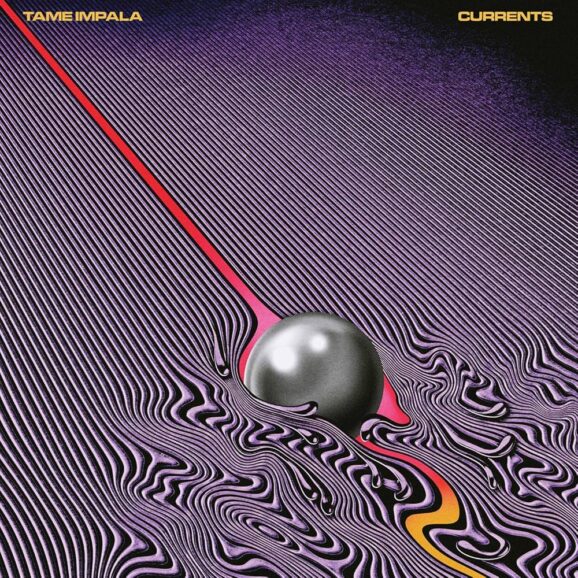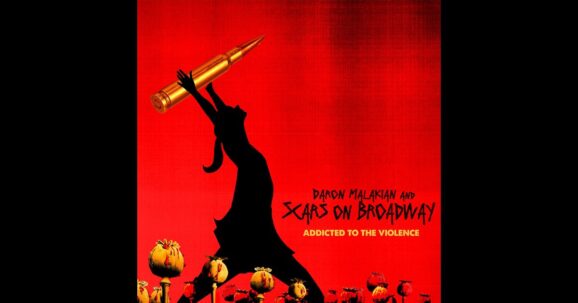On the rainy, dreary evening of September 25th, those who witnessed Ches Smith and his ten-piece ensemble at Philly’s avant-garde venue, Solar Myth, basked in the bright, colorful visuals and sonics of spirited vocal chanting, explosive percussion, and improvised jazz and couldn’t help but be touched by the engaging, contagious smiles from the performers. It was impossible to sit still without tapping a foot or bobbing one’s head. Simply put, the band merges Haitian Vodou drumming with creative, avant-garde jazz, of which Smith is one of its leading voices. For the uninitiated, the music is unlike most anything heard. The group, We All Break, grew out of Smith’s devout study of Haitian Vodou drums of which he has been performing in religious and folkloric ceremonies for more than a decade. The band’s 2021 release, Path of Seven Colors, was highly acclaimed by multiple outlets in their year-end best list. The group on the album numbered eight, seven of whom were represented here with the additional benefit of having Philly’s own Immanuel Wilkins, without any rehearsal, join the ensemble and its challenging music for the first time as regular Miguel Zenon had another commitment.
Solar Myth, located in a row house, the former site of Boots and Saddle (whose neon sign still bears that name), has been in operation for less than a year now, located on one of the city’s major arteries, South Broad Street. They have partnered with Executive and Artistic Director Mark Christman’s Ars Nova Workshop (www.arsnovaworkshop.org), the city’s premier presenter of improvisational music, in the back room performing space that can seat 150. The venue is essentially a welcoming neighborhood bar, open at 8 AM serving special brands of coffee and pastries and throughout the day with craft beers, wine, and other delights. Vinyl spins on the turntable throughout the day and they also have a cool record store that features the most contemporary avant-garde labels.
Smith has augmented his touring group from the original quartet formed in 2015 to the octet who recorded on Path of Seven Colors to a full tenet, crammed into tight quarters on the stage, but making that work to their advantage in terms of visual cues to initiate the many changes in the pieces. Joining Smith (drums, tanbou, and unmic’ed vocals) and Wilkins (alto saxophone) were core members from the album – pianist Matt Mitchell, bassist Nick Dunston, lead vocalist Sire Dantor Rene, and three vocalists/tanbou (Haitian drum) players – Daniel Brevil, Fanfan Jean-Guy Rene, and Markus Schwartz. Female vocalists Tossie Long and Lalin St. Juste harmonized with Sire Dantor Rene on the front line. Often you would hear six vocalists in various exchanges and call and response patterns, all sung, including Smith and Schwartz, in Haitian language.
The group performed six of the eight Path of Seven Colors pieces as well as two others, beginning with the opening “Agaou/Gras o” with the females and later the males joining them in harmonious a cappella chanting. Here’s the Light” followed with a sterling lead vocal, and imaginative, fiery playing from Wilkins and Mitchell’s ever-aggressive percussive attack on the piano to the polyrhythmic backing of multiple drummers, some of whom used both hands while others had a stick in one of them for the thunderous accompaniment. Dunston’s vigorous plucking of his acoustic bass had him often serving as the “the fifth drummer.” Sire Dantor Rene took the lead on “Leaves Arrive” with Long and St. Juste on the choruses, sounding very much traditional and tribal before it breaks into a freestyle interchange between Mitchell and Wilkins, drum breaks, and an exciting, spiritually fueled instrumental sequence..
Women of Iron,” became a tour-de-force for the shrieking, reaching Wilkins while Dantor Rene added the final element – a female voice of strong conviction. In one sequence here, Smith was just doing rhythmic hand clapping, but throughout the evening he used brushes, sticks, and mallets, often one hand striking the tambou while the other emphasized the snares, cymbals, and bells. He had plenty of help with the lower-end sounds.
“Woule Pou Mwen” was another rich in the vocal and chorus component, begun by Fanfan Jean-Guy Rene, who had the biggest presence among the vocalists/percussionists throughout the set. One item of interest was that each percussionist began with two tanbous, but a couple of times during the set they shifted to just one, which resulted in even more thunder with two hands hitting the skin. “Petwo,” not on the album, was a feature for the entire ensemble with Mitchell, Wilkins, and the increasingly smiling vocalists all thriving, Wilkins especially soaring above the percolating rhythms. “The Path of Seven Colors” stood out for its engaging pattern of Smith’s rat-tat-tat followed by boom-boom of the three percussionists, and again cast Wilkins at a soaring, improvisational pitch. The closing “Vulgar Cycle” had the vocalists returning in jubilant fashion, joining with the drums in the traditional Vodou style, bringing to a glorious instrumental climax.
.
This unique, stirring, and exhilarating music deserves to be much more widely heard than it inevitably will be. Those in the know, know. Hopefully you’ll get a chance to experience this uncompromising uplifting music. And, when in Philly if improvisational music is your thing, be sure to visit Solar Myth. This writer certainly intends to return.









